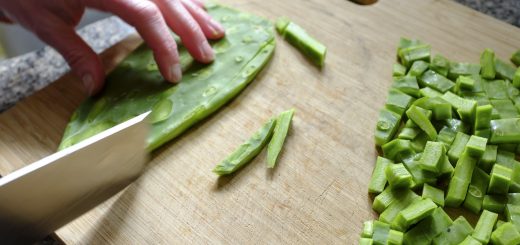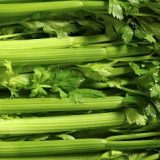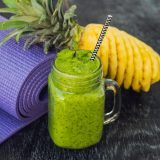In the Store with Sigona’s Featuring: All about Mandarin Oranges.
All About Our Mandarin Oranges
Diane Rezendes, food writer
First things first: we have a really hot special on Halo clementine mandarins. Normally they are $6.99 for a three-pound bag; right now, we are offering them for only $3.99.
Now to the heart of our article on mandarin oranges: it’s come to our attention that there’s some confusion about the incredible variety of mandarins. After all, back in the day (!), you’d go to the store and it was pretty much oranges and tangerines, maybe the occasional tangelo. Then Clementines came on strong as a holiday treat every December. And in recent years, there’s been a veritable explosion of choices: walk along any produce display and see signs for tangerines, mandarins, Clementines, Satsumas and Murcotts.
It’s hard to know the difference.
We are here to help with a quick guide on this group of scrumptious, juicy oranges.
First, every fruit we’re talking about today is a type of mandarin.Mandarins as a group are smaller than oranges, flattened on the top and bottom, and are generally easier to peel and section. Consider this your primer on a few of the most popular types. They’re listed by early- to late-season availability.
- Clementines are the most diminutive of the group. These are the Halo brand with names like Cuties and Sweeties. Their skins are smoother than the Satsuma or tangerine. They’re very easy to peel, and are a lunchbox favorite. And in case you missed it at the top of this article, they’re on sale for just $3.99 for a three-pound bag!
- Satsumas, originating in Japan, are the easiest to peel. The peel separates readily and fast, and sections very easily. Satsumas are seedless, sweet and bursting with juice. Because Satsumas can be damaged easily, they are the least common in most stores. We get them in season from the Johnston family at Blue Jay Farms in Kern County.
- Tangerines are a bit less sweet and a bit more acidic. You may find some seeds inside. The tangerine was so named by American importers for the fact that it passed through the port of Tangiers during export.
- You may also know the Murcott mandarin as a honey tangerine. It’s likely to be a cross between a tangerine and a sweet orange, originating around 1916, though its precise origin is lost to history. It’s particularly sweet and juicy. Look for it late in the season.
Choosing and Using
Choose fruit that’s heavy for its size (the heavier, the juicier). To store, keep in a cool, dark place for a few days, or up to two weeks in the fridge.
They are terrific in salads, for smoothies, for use in sauces and dressings, and of course, in lunch boxes and eaten out of hand.
Put out a bowl in the family room, TV room, or kitchen – wherever people tend to hang out – for a healthy, enticing snack. To add a level of elegance, add in-shell walnuts (keep a nutcracker with the bowl). It makes a centerpiece that is simple, elegant and, best of all, edible! If you buy fruit with the brilliant green leaves still attached, it’s even more striking.












